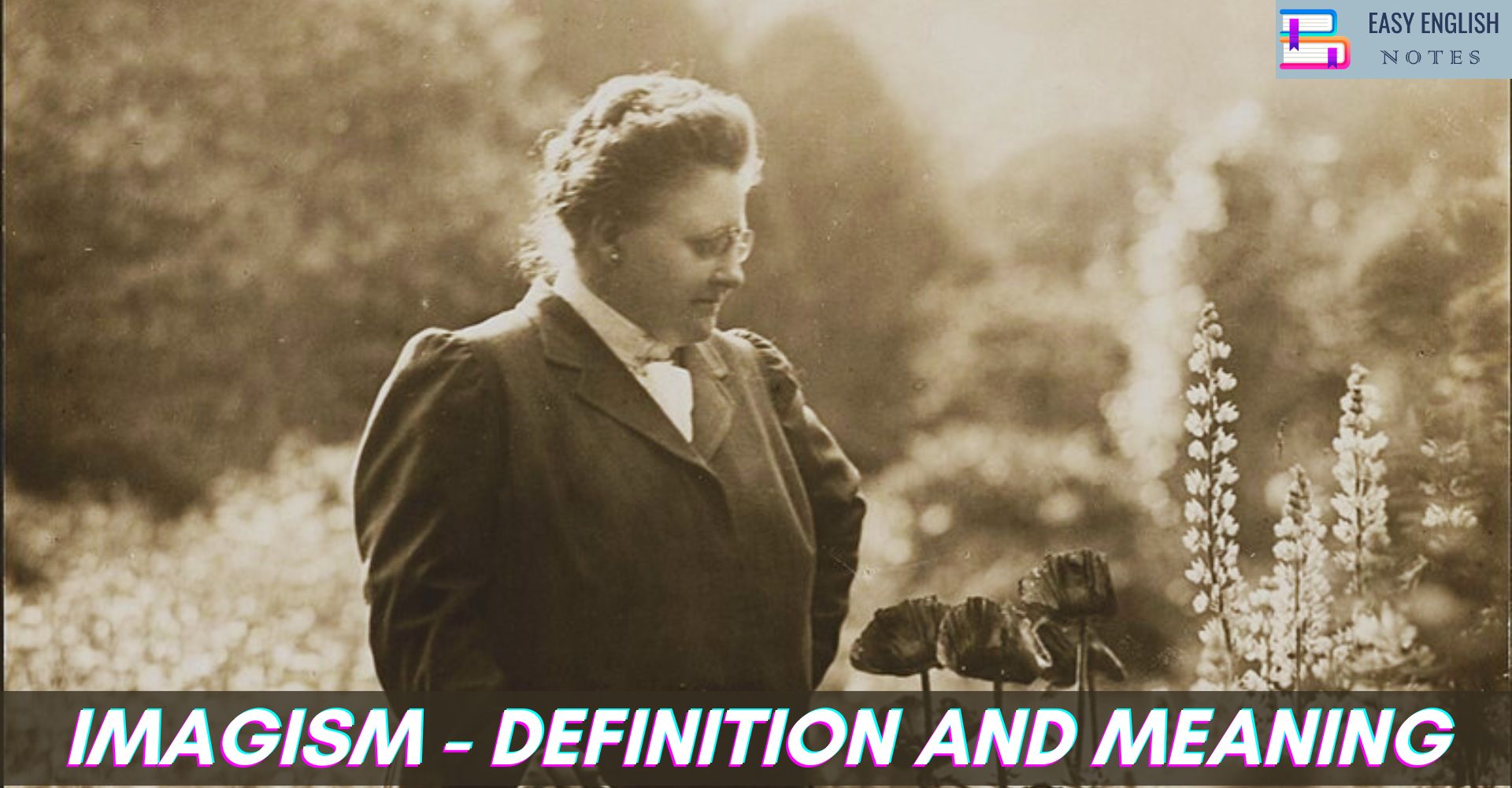Imagism was a poetic vogue that flourished in England, and even more vigorously in America, between the years 1912 and 1917. It was planned and exemplified by a group of English and American writers in London, partly under the influence of the poetic theory of T. E. Hulme, as a revolt against what Ezra Pound called the “rather blurry, messy…sentimentalistic mannerism” poetry at the turn of the century. Pound, the first leader of the movement, was soon succeeded by Amy Lowell; after that Pound referred to the movement, slighting, as “Amygism”. Other leading participants, for a time, were H.D. (Hilda Doolittle), D. H. Lawrence, William Carlos Williams, John Gould Fletcher, and Richard Aldington. The Imagist proposals, as voiced by Amy Lowell in her Preface to the first of three anthologies called Some Imagist Poets (1915-17), were for a poetry which, abandoning conventional poetic materials and versification, is free to choose any subject and to create its own rhythms, uses common speech, and presents an image that is hard, clear, and concentrated.
The typical Imagist poem is written in free verse and undertakes to render as precisely and tersely as possible, and without comment or generalization, the writer’s response to a visual object or scene; often the impression is rendered by means of metaphor, or by juxtaposing a description of one object with that of a second and diverse object. This famed example by Ezra Pound exceeds other Imagist poems in the degree of its concentration.
In a Station of the Metro
The apparition of these faces in the crowd,
Petals on a wet, black bough.
Also Read :
- Compare Hamlet with Macbeth, Othello and other Tragedies
- “The Pardoner’s Tale” is the finest tale of Chaucer
- Prologue to Canterbury Tales – (Short Ques & Ans)
In this poem Pound, like a number of other Imagists, was influenced by the Japanese haiku (or hokku), a lyric form that represents the poet’s impression of a natural object or scene, viewed at a particular season or month, in exactly seventeen syllables. See Earl R. Miner, The Japanese Tradition in British and American Literature (1958).
Imagism was too restrictive to endure long as a concerted movement, but it turned out to be the inauguration of modern poetry. Almost every major poet up to the recent past, including W. B. Yeats, T. S. Eliot, and Wallace Stevens, manifests the influence of the Imagist experiments with the representation of precise, clear images that are juxtaposed without specifying their interconnection.
PLEASE HELP ME TO REACH 1000 SUBSCRIBER ON MY COOKING YT CHANNEL (CLICK HERE)











